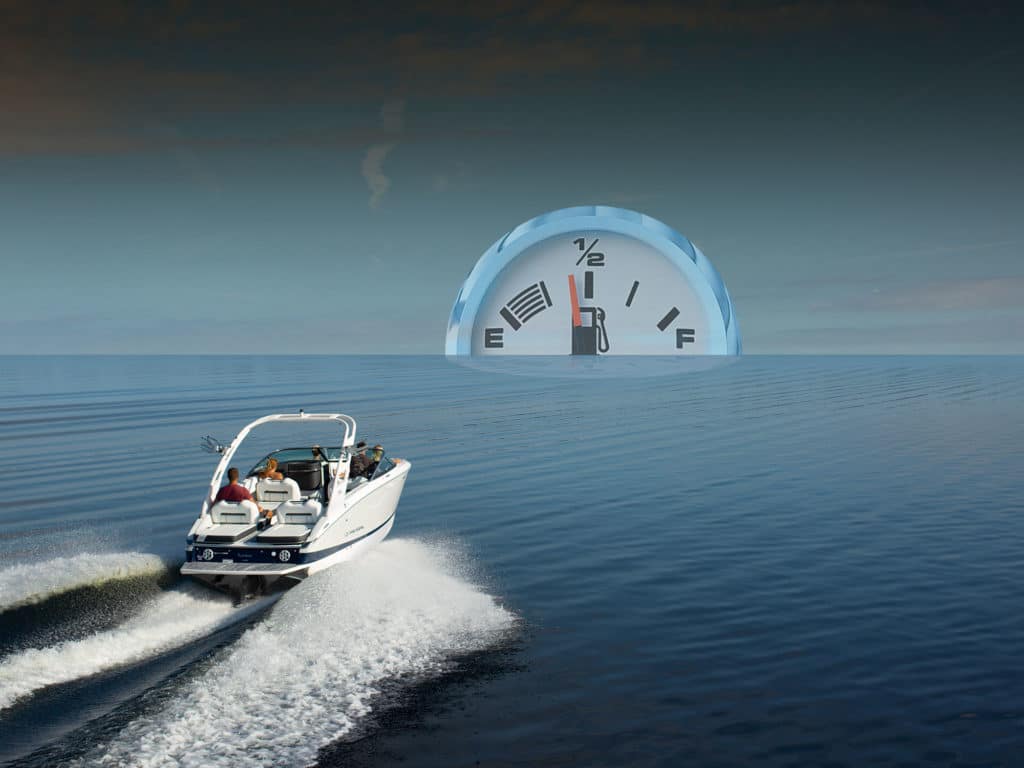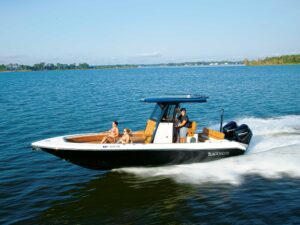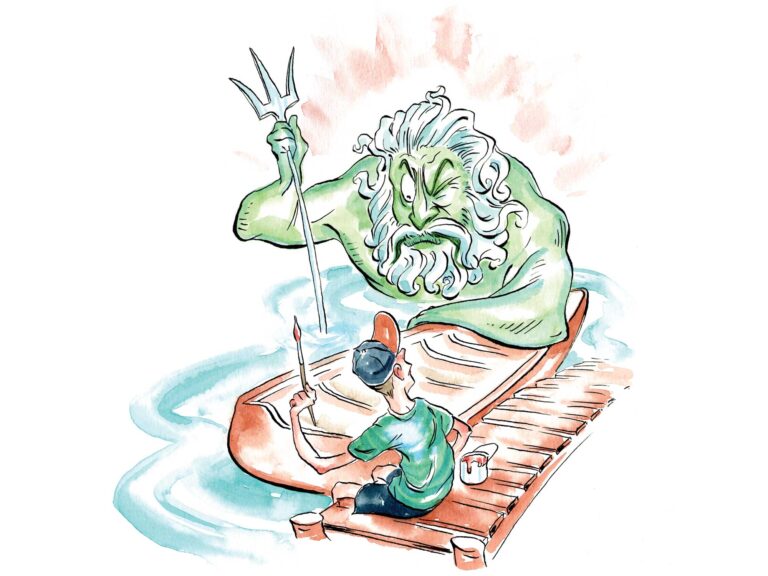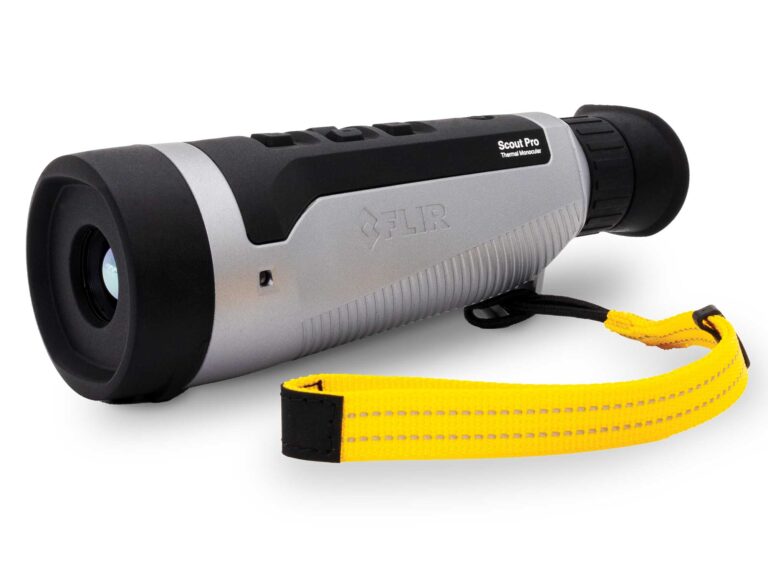
There are days on the water that I’ll never forget for all the fun we had, and there are days I won’t forget for other reasons.
One such moment that sticks clearly in my mind is the time I was cruising back to the harbor at a fairly high rate of speed when, with the safety of the marina within sight, my boat’s engine sputtered, stalled and altogether stopped running. While I was only moments from tying off, scrubbing down the decks and returning home without incident, I found myself in an hourslong ordeal involving flagging down a good Samaritan to tow me to the fuel dock. Yep, I wasn’t contending with a maintenance issue or a fouled prop; I had simply neglected to monitor the fuel tank and overestimated my boat’s range by a few hundred yards.
Managing your fuel load and understanding your boat’s range are integral yet often overlooked parts of boating. How many of you out there have had a similar experience at least once before? The old saw is to use a third of your fuel for the trip out, a third for the trip home, and keep a third in reserve. But how do you do that? It’s easy to say top off your tank before every trip and monitor your fuel gauge, but there’s not always time or access to refuel before every trip, and the standard analog boat-fuel gauges are notoriously unreliable. So, how do you go about it?
It should be standard practice to understand the parameters of your boat’s range before you embark from the launch ramp or dock. A good place to start is the published performance data in our certified boat tests. Sure, it’s fun to look at a boat’s top speed first, but the fuel burn and range measurements across the engine’s rpm data are far more important information. Even if you can’t find your specific boat, looking at test data for boats of a similar displacement and hull shape and with similar power and fuel capacity should have comparable numbers and help give you a general idea of your boat’s range. But to avoid that sickening feeling I had, you’re going to want to deal in specifics.
Two important variables to consider are weight and weather. Put simply, the bigger the load on your boat, be it from crew, gear, fresh water or a full fuel tank, the worse your fuel economy is going to be. For example, we often run a boat with two people aboard and a quarter-tank of fuel with no gear or water in our sea trials, running in calm seas. If you have eight people aboard, a full fuel tank, fishing gear or water toys, a cooler loaded with food and ice, and more, your range will decrease. And if you’re running against a current or in a heavier sea state, your engines have to work harder to cover the same distance. So, if you’re dealing with any of those factors, decrease your range estimate by a significant number.
Read Next: Troubleshoot Your Boat’s Fuel Gauge
Thankfully, modern technology makes managing your boat’s range a far easier task. The major engine manufacturers, from Mercury to Yamaha to Volvo Penta, all provide digital fuel-consumption data you can view directly on their proprietary monitors or integrated with whatever NMEA-compatible multifunction display you have installed on your boat. But even those are not failsafe, so it never hurts to take a few extra steps. The most detail-oriented boaters I know keep a log of fuel purchases and engine hours in order to track the fuel burn on their trips. But never rely on hope and a guess. Otherwise, have something big and bright handy to wave down the closest good Samaritan for a tow.









